I had the opportunity to field test the new H&Y filter system – a very clever combination of excellent optical filters and a super convenient magnetic mount.
I was very impressed with the quality and ingenuity of the concept – easy to use, easy to keep clean, very quick to install or remove, this filter system is outstanding – it eliminates any hesitation you may have when it comes to using filters in fast-moving situations.
Getting started with the H&Y system is easy – you choose the ring that fits your lens, attach the magnetic filter holder to it, and then attach or remove the filters of your choice… it may seem like “magic” – but it is really science – it’s magnetic!
Once you have the filter in place, you can lock it in place to avoid nudging it out of position as you move the camera.
One of the many advantages of the H&Y magnetic system is the ability to stack filters. With no rails or threaded mounts required to attach the filters, you can easily stack up to 3 filters, as they adhere to the holder and to each other magnetically. The first filter can be locked in place in the holder, leaving any additional stacked filters able to slide up and down with little effort.
H&Y filters are made of real glass (Corning®, Gorilla ®, Category III glass). Strong, fingerprint resistant, and water repellent, they are ideal for active outdoor photographers and perfect for studio work as well.
Ideal for landscape photography, H&Y offers several filters in 100 x 100mm and 100 x 150mm format that fit perfectly with the K series filter holder. In addition to the ease of stacking 1 or 2 square or rectangular filters, you can also add a (95mm) circular neutral density filter with integrated polarizer. This filter combination is absolutely awesome. Once mounted in the lightweight aluminum filter holder (adapter), the ND/Polarizing filter slips in front of the magnetic filters, and the integrated rotation wheel makes it possible to rotate the polarizing filter in order to achieve the desired effect. I really liked this filter – it was easily my favourite attraction in the H&Y system.
I also enjoyed working with the ND1000 (10 stops), ND 4000 (12 stops) and ND65000 (16 stops) circular neutral density filters. These were ideal to capture moving subjects in bright ambient lighting situations. I used the ND filters to capture movement and induce a blurring effect with long exposures during the day – the ND filters let you shoot scenes with the high quality available at wide apertures and low ISO settings. An added incentive to the system is that you can use “Magnetic” frames with some of your existing rectangular filters, which makes the H&Y product even more versatile.
I was really impressed by the quality of these filters, and the innovative designs that make them robust and extremely functional.
What is Neutral Density?
Instead of reducing the aperture to limit light, you can add a neutral density filter to limit the light, and then adjust the shutter speed according to the degree of motion blur desired in your scene. This is particularly useful when photographing landscapes that include moving water, tree branches, and other elements, and it can be used when photographing action sports. Just attach the ND filter and set the lens aperture as needed – for example, you may select a small aperture for maximum sharpness or a large aperture for shallow depth of field. The ND filter will let you slow down the shutter speed to achieve the desired results. Take a test shot and you will see the image right away – then select the best ND filter to use for the final shot… it gives you a much broader range of aperture and shutter speed settings for any subject.
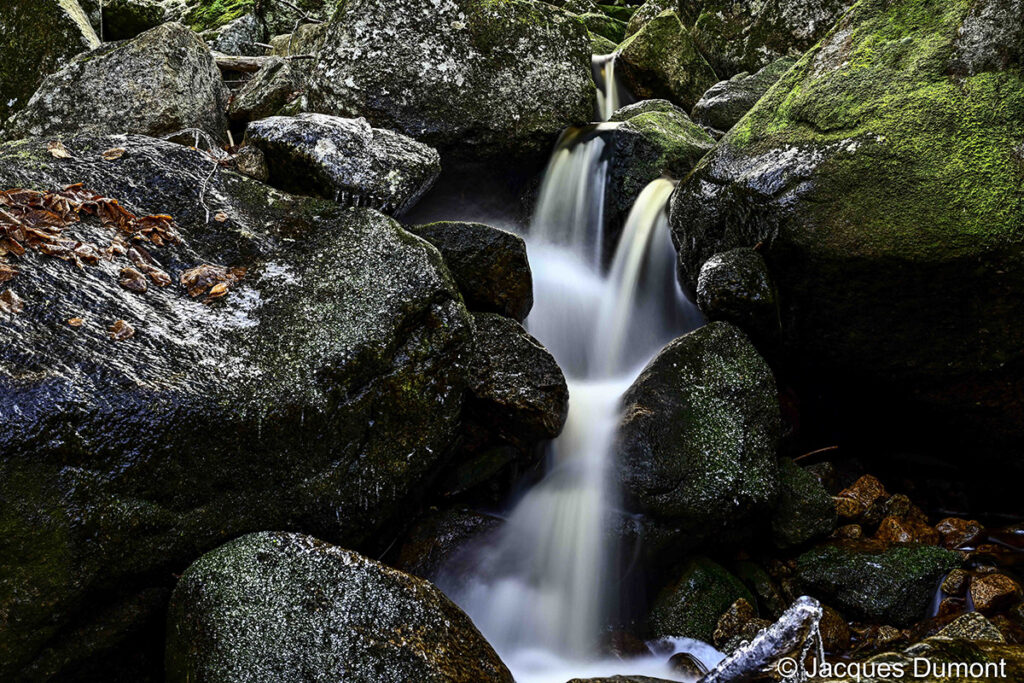
For images that portray movement, you would start by selecting a shutter speed that will capture the desired impression of action in the scene. The camera could be used in manual exposure mode, then the overall exposure can be adjusted using the aperture ring. You can also use auto exposure, noting the number of f/stops needed to capture the effect, and dialing-in your exposure compensation accordingly. With a bit of practice, you will quickly be able to anticipate the degree of ND filtration needed for any scene, and if you have the time, you can bracket shutter speeds to see a range of motion effects. It may be a new experience for most photo enthusiasts, but it is a technique that has been used by pros for years, and the results are often breathtaking – a surefire way to achieve “the WOW factor” in your photos!
By Jacques Dumont



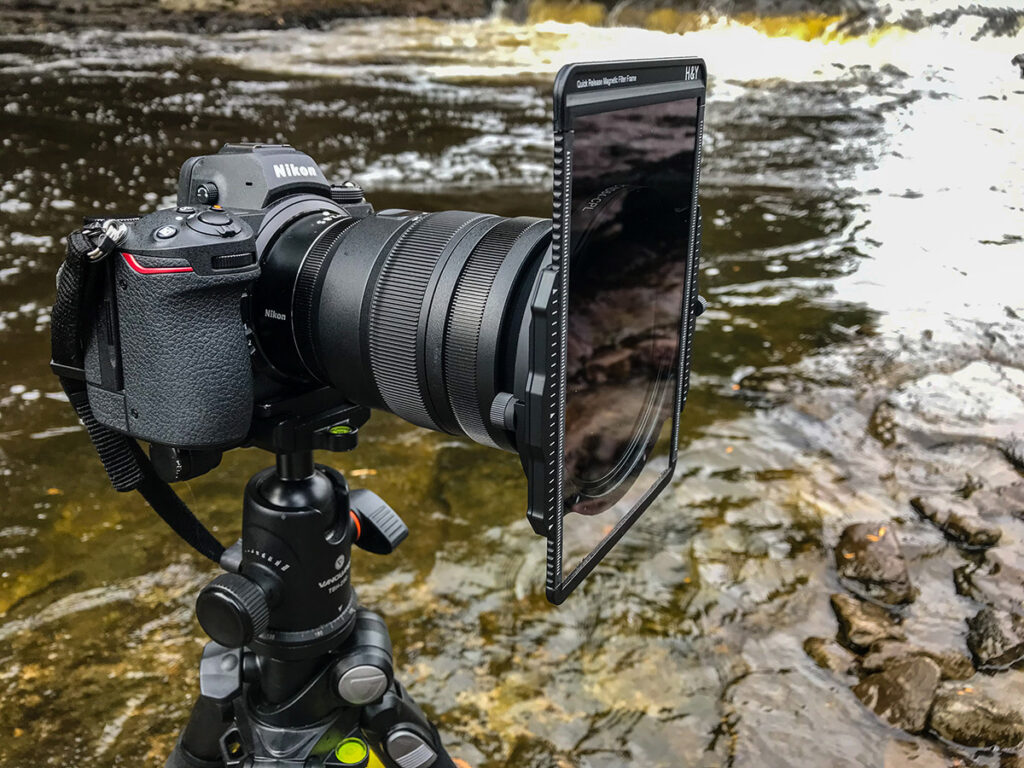
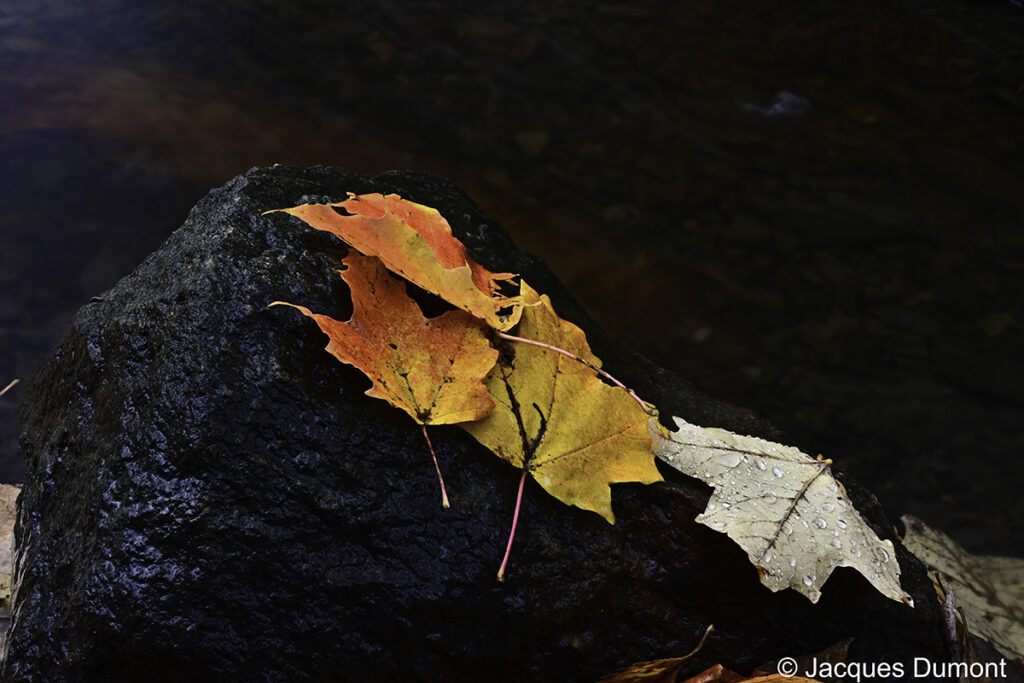
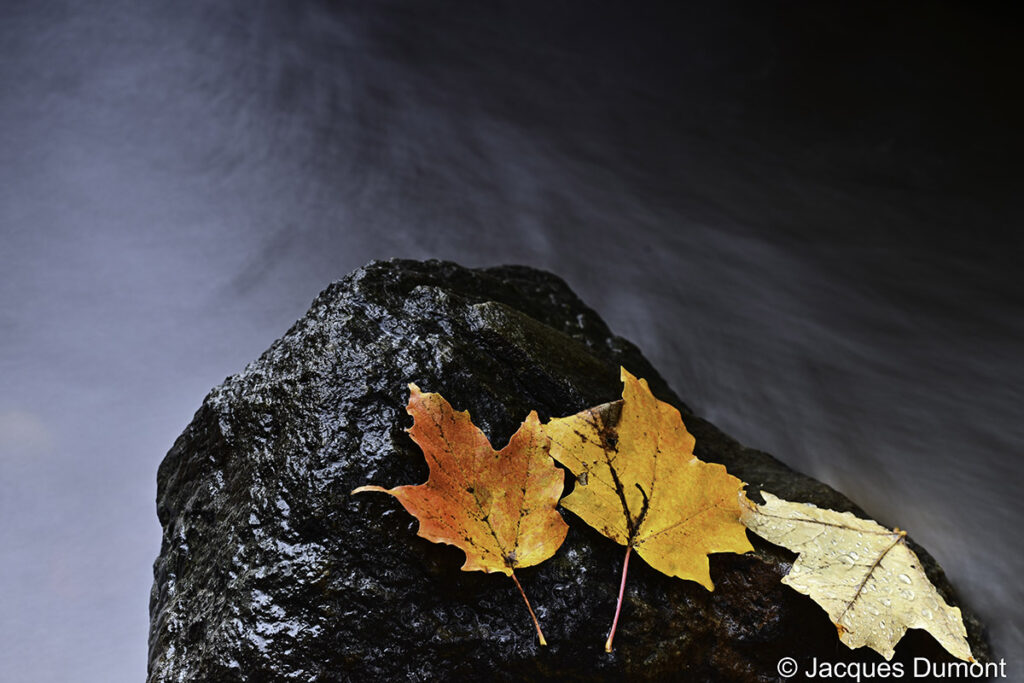
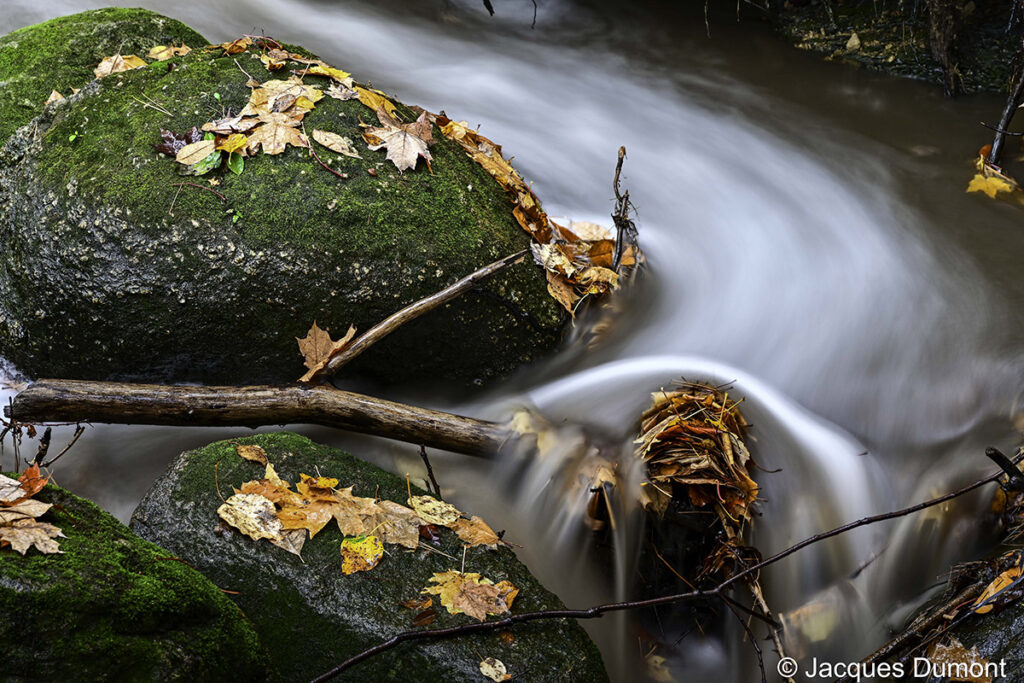
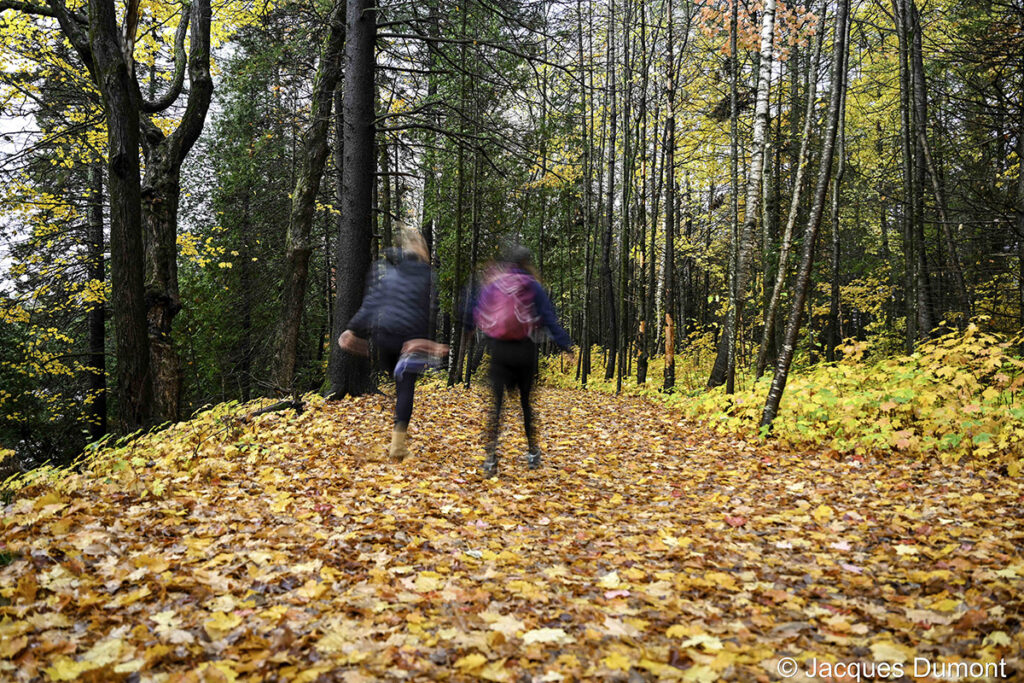
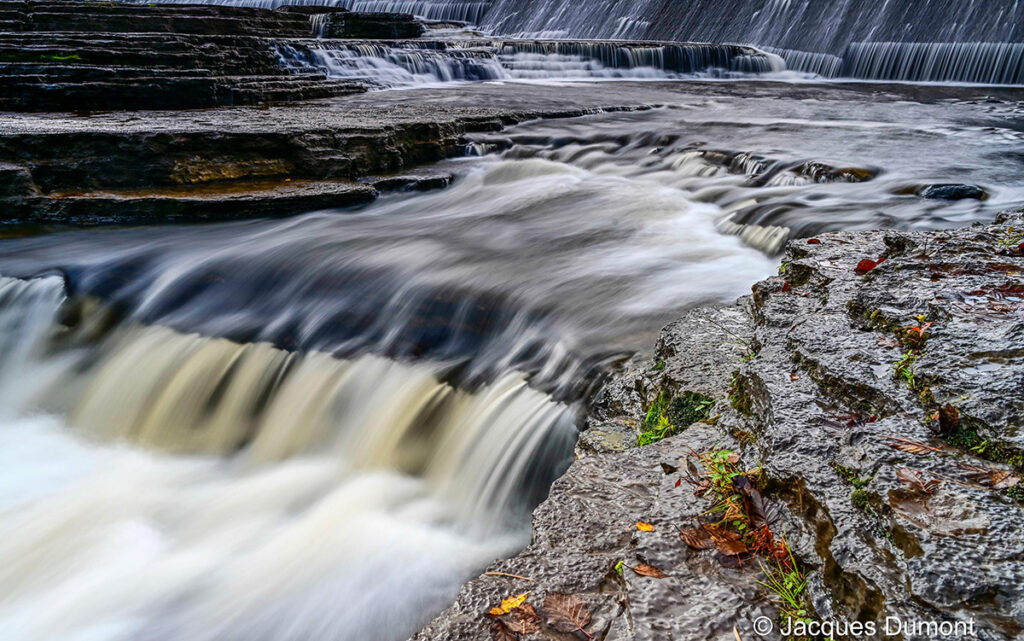
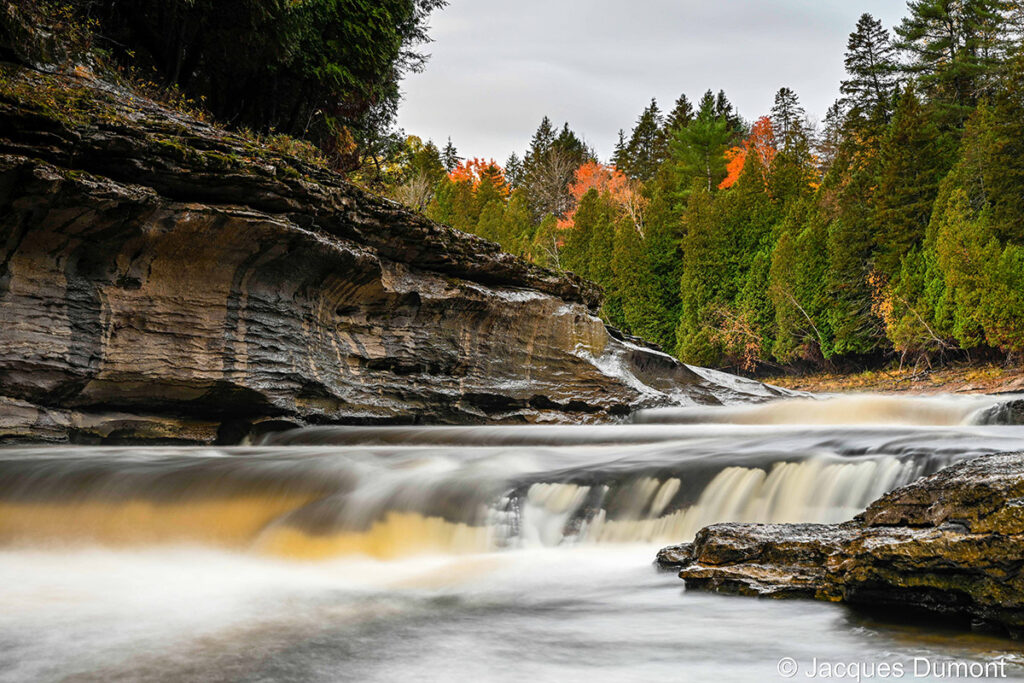
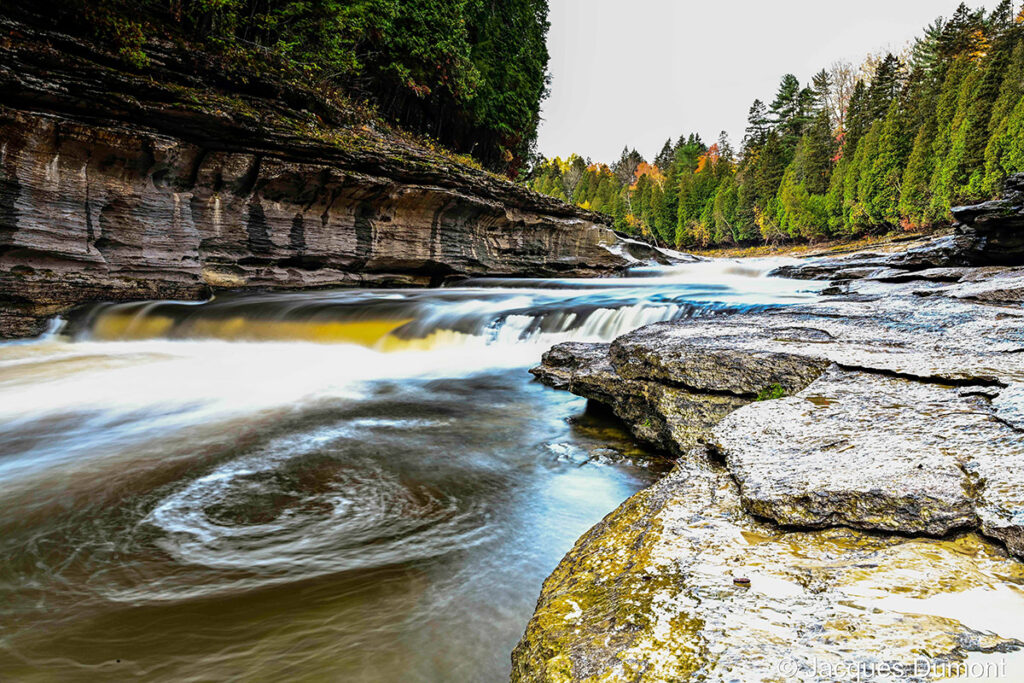
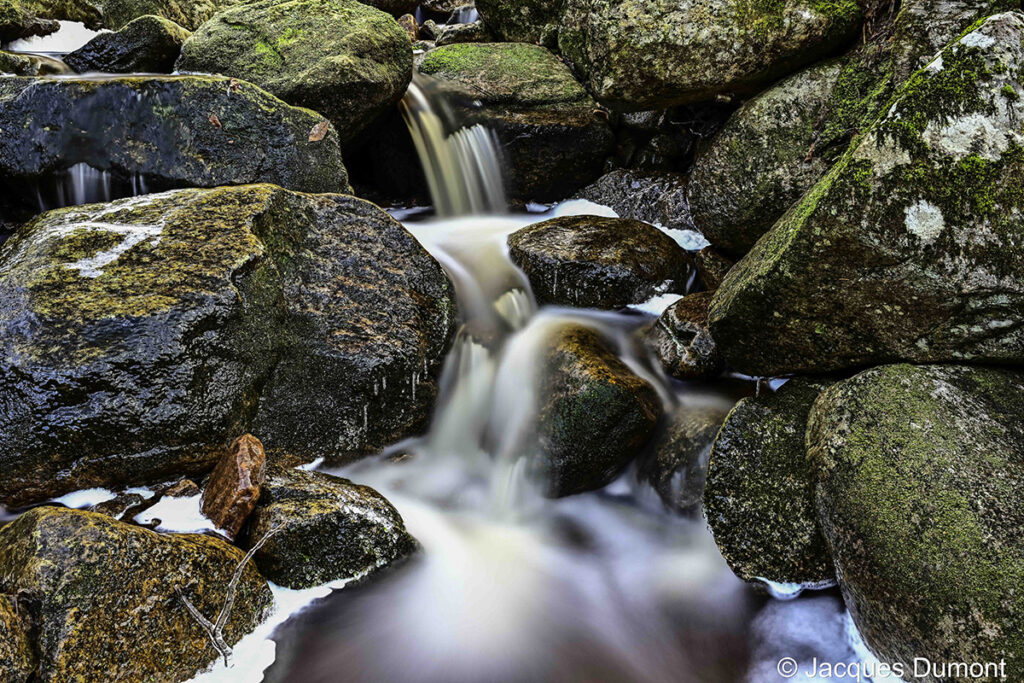





I use the Lee filters system (100mm) but I must admit It is a bit cumbersome to use on the field. The magnetic concept of H&Y filters is very attractive. I will maybe replace my current Lee system by this magnetic one. Great pictures in your article. Thanks.
Hi Marcel, I am also a Lee filters user. When I had the chance to use the H&Y system, I was immediately impressed with the magnetic concept. Easy to use, very smooth when you move the filter in the holder and the little screw to fix it is absolutely perfect and safe. Also the filters are made with real glass and are fingerprint resistant. And the polarizer – marvelous so amazing. A combo of Polarizer and filters is magic.
Jacques Dumont